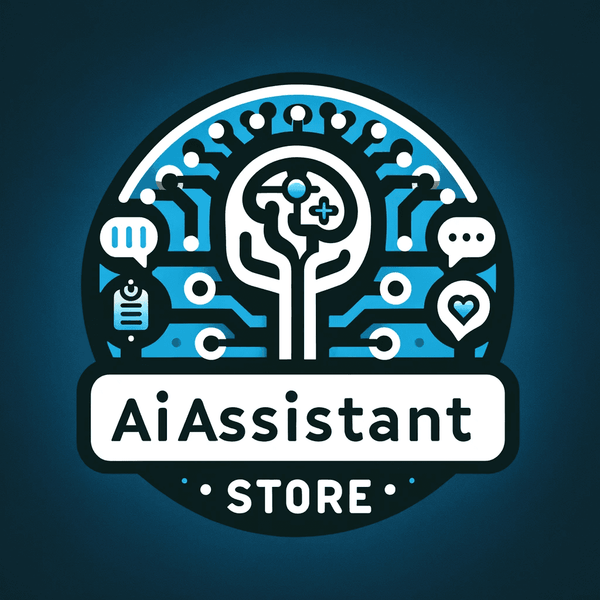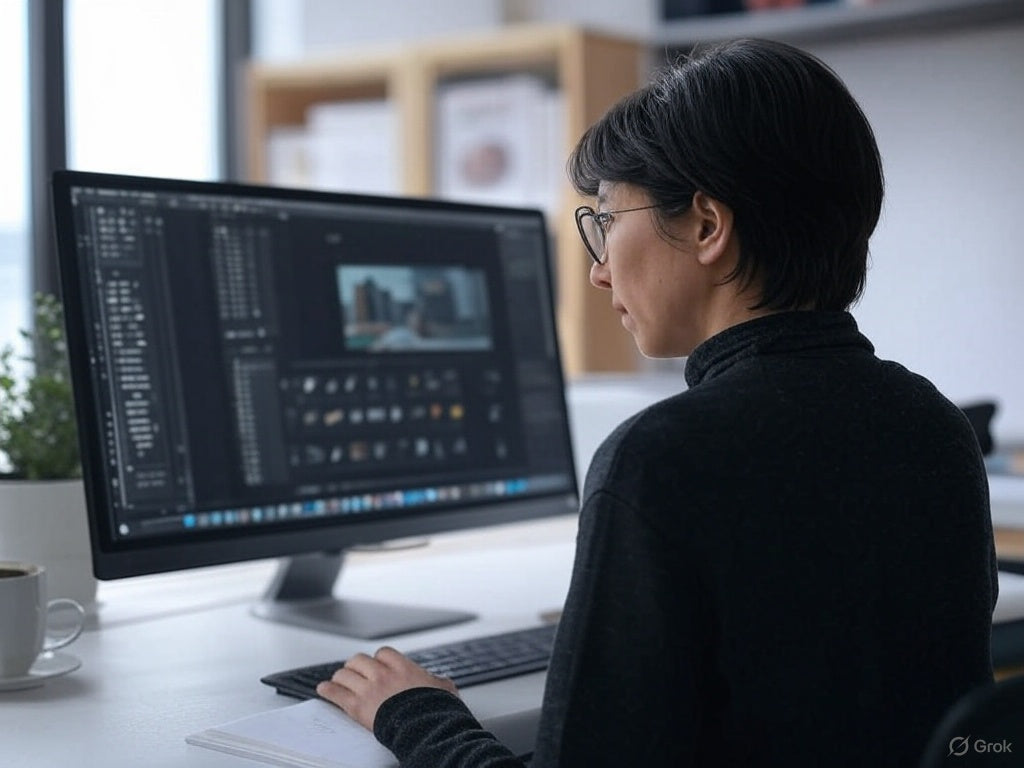In this guide, we’ll explore the best AI tools for After Effects, how they work, and how you can use them to take your video editing to the next level.
Articles you may like to read after this one:
🔗 Top 10 Best AI Tools for Video Editing – Discover the leading AI-powered video editing software that can streamline workflows, enhance creativity, and boost production speed.
🔗 AI Tools for Filmmakers – The Best AI Software to Elevate Your Filmmaking – Explore how AI is revolutionizing the filmmaking process with tools for scriptwriting, editing, sound design, and more.
🔗 Top Free AI Tools for Graphic Design – Create on the Cheap – A roundup of powerful free AI tools that help graphic designers work smarter without spending a fortune.
🎯 Why Use AI in After Effects?
Artificial intelligence is revolutionizing the video editing industry. Whether you’re a motion designer, VFX artist, or YouTuber, integrating AI tools in After Effects can:
✅ Save Time – AI automates repetitive tasks like rotoscoping, keying, and object removal.
✅ Enhance Creativity – AI-powered tools generate motion graphics, suggest effects, and optimize animations.
✅ Improve Precision – Machine learning algorithms refine tracking, masking, and color grading.
✅ Reduce Manual Effort – AI handles complex tasks like scene reconstruction and facial tracking with ease.
🔥 Best After Effects AI Tools
Here are the top After Effects AI tools that will redefine your editing workflow:
1️⃣ Adobe Sensei (Built-in AI in After Effects)
🔹 What It Does: Adobe Sensei is Adobe’s proprietary AI and machine learning technology, integrated directly into After Effects. It enhances workflows by automating motion tracking, rotoscoping, and content-aware fill.
🔹 Key Features:
✅ Roto Brush 2.0 – AI-powered automatic subject selection and background removal.
✅ Content-Aware Fill – Seamlessly removes objects from footage without frame-by-frame editing.
✅ Auto Reframe – Automatically adjusts aspect ratios for different platforms.
🔹 Best For: Motion designers, editors, and VFX artists looking for built-in AI-powered automation.
2️⃣ Runway ML
🔹 What It Does: Runway ML is an AI-powered video editing platform that integrates with After Effects. It enables advanced AI-based editing, including real-time object removal and style transfer.
🔹 Key Features:
✅ AI Object Removal – Remove unwanted objects with a single click.
✅ Style Transfer – Apply AI-generated artistic styles to video clips.
✅ Green Screen AI – Automatically remove backgrounds without a physical green screen.
🔹 Best For: Editors who want AI-powered tools without manual keying and masking.
3️⃣ EbSynth
🔹 What It Does: EbSynth uses AI to transform video frames into animated paintings or stylized motion graphics. It’s great for AI-assisted rotoscoping and frame-by-frame painting effects.
🔹 Key Features:
✅ Style Transfer for Animation – Convert video into hand-painted animation.
✅ AI-Based Frame Interpolation – Blend painted frames seamlessly.
✅ Creative Effects – Achieve a unique look with artistic AI-driven animations.
🔹 Best For: Artists who want AI-assisted animation and stylized visual effects.
4️⃣ DeepMotion Animate 3D
🔹 What It Does: DeepMotion Animate 3D uses AI to convert 2D video footage into 3D motion capture data. It helps with character animation without needing complex rigs.
🔹 Key Features:
✅ AI Motion Capture – Turn regular video into 3D animated motion.
✅ Full-Body Tracking – Capture realistic human movements.
✅ Compatible with After Effects – Export animation data to After Effects.
🔹 Best For: VFX artists and animators looking to create AI-powered motion capture effects.
5️⃣ Kaiber AI
🔹 What It Does: Kaiber AI allows users to create AI-generated motion graphics and animations based on text prompts. It helps automate the creation of complex animations.
🔹 Key Features:
✅ AI-Powered Motion Graphics – Generate animations from descriptions.
✅ Style Transfer & Visual Effects – Apply AI-generated artistic styles.
✅ Fast Prototyping – Quickly visualize creative ideas.
🔹 Best For: Creators who need AI-generated motion graphics in After Effects.
💡 How to Use AI Tools in After Effects
Wondering how to integrate these AI tools into After Effects? Follow these steps:
✅ Step 1: Identify Your Needs
Do you need faster rotoscoping, AI-generated animations, or motion tracking assistance? Choose the AI tool that fits your workflow.
✅ Step 2: Install and Integrate
Most AI tools offer plugins, standalone apps, or direct integration with After Effects. Install them via Adobe’s Extensions Manager or as third-party software.
✅ Step 3: Apply AI Enhancements
Use AI-powered tools to automate tasks like:
- Removing backgrounds (Runway ML, Roto Brush 2.0)
- Generating animations (Kaiber AI, EbSynth)
- Auto-keyframing and tracking (Adobe Sensei, DeepMotion)
✅ Step 4: Refine Manually
AI tools are powerful, but manual adjustments ensure a polished final result. Fine-tune the AI-generated effects to match your creative vision.

